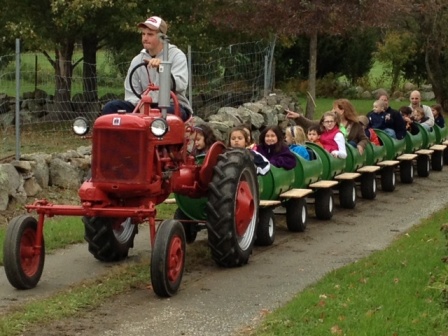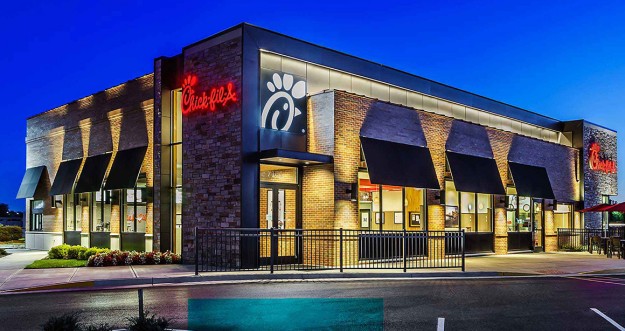Refuge in Four Local Garrisons
Another reason why many of these buildings did not stand the test of time is because of the breach of agreement between both parties when the deed was drawn up.

The colonists agreed to allow the natives to freely hunt and allow their cattle to graze unhindered. In return the sachem agreed to have those within his tribe, the Cushenas, leave the territory within one year. Locally these agreements were broken by both parties in varying degrees and once the King Phillip war erupted, most of these isolated homes were doomed to be ransacked and burnt to the ground. Indeed, Franklyn Howland states that most if not all the homes were reduced to ashes, so complete was the destruction. Of course, besides the homes, livestock, and any settlers that were greeted were swiftly dispatched. If it were not for the four local garrisons – Russell’s Garrison at Apponegansett, John Cooke’s on Howland Road, Pope’s on Sconticut Neck Road and one on Palmer’s Island – Acushnet and all remnants of European settlement would have been wiped out in its entirety and perhaps set back for decades. Acushnet’s residents specifically sought refuge within Cooke’s garrison.
After the King Phillip war came to a conclusion, the settlers began to return to their lands and rebuild. By 1700 saw mills and smithies were built which allowed a transition from log cabins to framed and shingled houses. Some of these oldest homes were still standing by the time Howland published his book in 1907. He stated that Acushnet more than any town in Bristol County had more of these old homes still standing. Before roads were developed to any degree the only way to or through Acushnet were by Indian trails and one highway. The Indian trails were simple footpaths of 3 or 4 feet wide. The very first major trail through Acushnet was from Peak[ed] Rock coming from the Middleboro through Long Plain (now North Main Street) over Perry Hill towards the center of town. There are records from as far back as 1711 calling the street “long Plain Rode.” Note the placement or lack of capitals.
Late 18th Century Onward
It is here in our story-line -somewhere in the late 18th century – that we encounter the property that is today The Silverbrook Farm at 934 North Main Street. Main Street wasn’t always called Main Street and as you go back in time it was called Fairhaven Road, Plain Street, and even further back called Long Plain Road. The particularly massive barn that is familiar to anyone who commutes along North Main Street was built using hand-hewn wooden pegs which was the common method of the day in the late 1700s, early 1800s. This makes the barn between 200-225 years old and likely built a few years after the Revolutionary War. The barns and three sheds may have been built between 1871-1895.
![]()
“You could buy dry goods such as hats and caps, boots and shoes; food stuffs like Magic Yeast ( which makes perfect bread), flour, grain, and groceries; various products for your horses, hogs, cows and sheep, stove and ranger grass, flower and garden seeds, furniture, crockery, glass, and tin.”
It’s difficult to say what the farm or homestead appeared like around the time of the barn, since no other structures or town records from that time exist. While it can’t be proven with certainty who the first known resident at the Silverbrook site was, the first official records show it starts with Richard Davis Jr. (1847-1910?) He and his dad Richard Davis Sr. (1814-1877) both ran a Post Office and a general supplies and variety store called Richard Davis & Son’s Four Corner Variety. “You could buy dry goods such as hats and caps, boots and shoes; food stuffs like Magic Yeast ( which makes perfect bread), flour, grain, and groceries; various products for your horses, hogs, cows and sheep, stove and ranger grass, flower and garden seeds, furniture, crockery, glass, and tin.” In addition, he was assistant postmaster and postmaster for 16 consecutive years.
The site where the store was, started out as a furniture store by antecedent Jethro Davis in the 1700s, was handed to Samuel Wilde in 1830, burned down in 1859 before a new store being erected by Richard Davis circa 1860. Richard Davis Jr, married Harriet S. Clapp, daughter of Captain William Clapp on November 22, 1871. It is Harriet Davis who shows up as the first person to own the property on town records. Since there were a few buildings on the site, there were a few owners side by side.
 New Bedford Guide Your Guide to New Bedford and South Coast, MA
New Bedford Guide Your Guide to New Bedford and South Coast, MA







